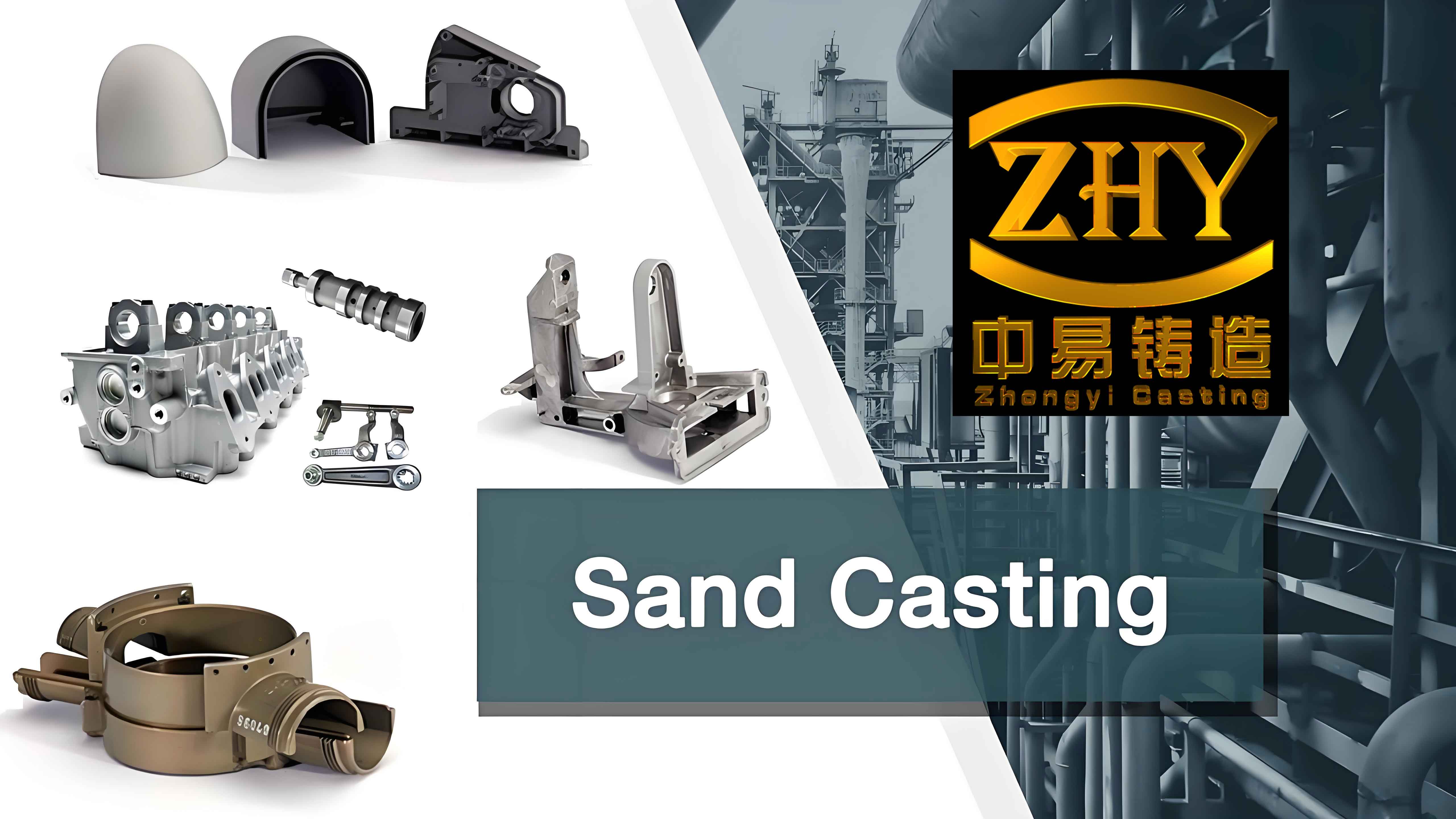This research investigates the sand casting process optimization for manufacturing a large-scale D357 aluminum alloy hatch door with a uniform wall thickness of 2 mm. The study focuses on alloy preparation, mold filling characteristics, dimensional control, and internal quality improvement through advanced sand casting techniques.
1. Material Preparation and Alloy Optimization
The chemical composition requirements for D357 alloy compared with similar ZL114A alloy are presented in Table 1. The stringent control of impurity elements (particularly Fe ≤ 0.12% and Mg 0.55-0.60%) necessitates specialized melting procedures:
| Element | ZL114A | D357 |
|---|---|---|
| Si | 6.5-7.5 | 6.5-7.5 |
| Mg | 0.45-0.60 | 0.55-0.60 |
| Fe | ≤0.20 | ≤0.12 |
| Impurities | ≤0.75 | ≤0.15 |
The optimized melting process follows these steps:
- Low-temperature silicon addition at 680°C
- Simultaneous refining, modification, and grain refinement using Sr-based master alloy
- Rotary argon degassing with flux treatment:
$$ Q = k \sqrt{\frac{P_{Ar}}{\mu}} \cdot A_{nozzle} $$
Where Q = gas flow rate (L/min), PAr = argon pressure (kPa), μ = melt viscosity

2. Mold Filling Characteristics in Sand Casting
Comparative analysis of three counter-gravity casting methods revealed critical parameters for thin-wall sand casting:
| Parameter | Low Pressure | Counter Pressure | Vacuum Assisted |
|---|---|---|---|
| Filling Speed (mm/s) | 100 | 120 | 150 |
| Pressure Differential (kPa) | 40 | 60 | 80 |
| Surface Finish (Ra μm) | 12.5 | 6.3 | 3.2 |
The critical filling velocity for 2 mm sections was determined using fluid dynamics modeling:
$$ v_{critical} = \frac{\gamma}{\mu} \sqrt{\frac{2\Delta P}{\rho}} $$
Where γ = surface tension (N/m), μ = dynamic viscosity (Pa·s), ΔP = pressure differential (Pa), ρ = alloy density (kg/m³)
3. Dimensional Control Strategy
The sand casting process achieved ±0.3 mm dimensional accuracy through:
- CNC-machined metal pattern with 0.1 mm tolerance
- Modular core assembly using locating pin-sleeve system
- Thermal expansion compensation model:
$$ \Delta L = L_0 \cdot \alpha \cdot (T_{pour} – T_{ambient}) $$
Where α = 23.6×10-6 °C-1 (silica sand expansion coefficient)
4. Internal Quality Enhancement
X-ray inspection results demonstrated significant improvement through process optimization:
| Defect Type | Initial | Optimized |
|---|---|---|
| Porosity | Level 3 | Level 1 |
| Shrinkage | Level 2 | Level 0 |
| Inclusions | Level 1 | Level 0 |
The optimized sand casting parameters achieved mechanical properties exceeding requirements:
$$ \sigma_b = 365\ MPa,\ \sigma_{0.2} = 285\ MPa,\ \delta = 9\% $$
5. Process Optimization Framework
The developed sand casting methodology integrates multiple quality control factors:
- Alloy purity index:
$$ P = \frac{[Fe] + [Cu] + [Zn]}{[Si] + [Mg]} < 0.05 $$ - Solidification time prediction:
$$ t_s = \frac{(T_{pour} – T_{solidus})^2}{(T_{mold} – T_{ambient})} \cdot K_{sand} $$ - Pressure-time profile for counter-pressure casting:
$$ P(t) = P_0 + \frac{(P_{max} – P_0)}{1 + e^{-k(t – t_0)}} $$
This comprehensive approach to thin-wall sand casting enables reliable production of complex aluminum aerospace components with strict quality requirements, demonstrating the viability of advanced sand casting techniques for high-performance applications.
